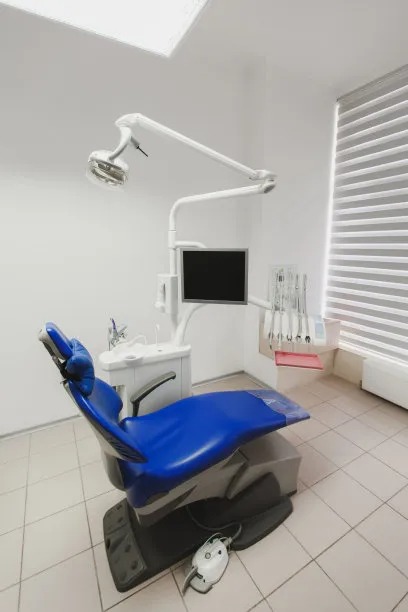The Essential Guide to Understanding the Tooth Extraction Process and What to Expect Afterwards
Summary: Tooth extraction is a common dental procedure that involves the removal of a tooth due to various reasons such as decay, crowding, or infection. This article serves as a comprehensive guide to understanding the process of tooth extraction, what to expect before and after the procedure, and how to navigate the recovery phase. Well discuss the types of tooth extractions, the steps involved in the procedure, the importance of post-operative care, and signs of complications to watch out for. With this essential information, patients can approach their tooth extraction with confidence and preparedness.
1. Understanding Types of Tooth Extractions

Tooth extractions can be categorized into two primary types: simple extractions and surgical extractions. A simple extraction is typically performed on a tooth that is visible and accessible within the mouth. This procedure usually requires local anesthesia to numb the area, allowing the dentist to remove the tooth with minimal discomfort.
Surgical extractions, on the other hand, are more complex and are often necessary when a tooth is broken, impacted, or not fully erupted. This type of extraction may involve making an incision in the gums or removing bone tissue to access the tooth. Patients undergoing surgical extractions may require sedation or general anesthesia for a more comfortable experience.
Its essential for patients to discuss their specific circumstances with their dentist. Understanding which type of extraction is necessary can help alleviate anxiety and prepare individuals for the procedure.
2. The Tooth Extraction Procedure Step-by-Step
Before the tooth extraction, the dentist will conduct a thorough examination, often utilizing X-rays to assess the tooths position and condition. This evaluation helps identify potential complications and allows the dentist to devise a proper plan for extraction.
On the day of the procedure, patients will receive anesthesia to ensure comfort. During a simple extraction, the dentist uses specialized tools to loosen the tooth and carefully remove it from its socket. In contrast, a surgical extraction may involve cutting the gum tissue and removing bone to access the affected tooth.
Once the tooth is removed, the dentist will clean the extraction site and may place stitches if necessary. Instructions will then be provided on caring for the area and managing any discomfort. Understanding the procedure can significantly reduce stress and confusion for patients.
3. Importance of Post-Operative Care
Post-operative care is crucial for a smooth recovery following a tooth extraction. Patients should follow their dentist’s instructions about how to care for the extraction site, including keeping it clean and managing swelling. Ice packs can be applied to the outer cheek to minimize inflammation and discomfort.
Diet plays a key role in recovery as well. Its advisable to stick to soft foods and avoid anything too hot or spicy within the first few days after the procedure. Staying hydrated is essential, but patients should avoid using straws, as the suction can dislodge the blood clot that forms in the extraction site.
Monitoring for any signs of complications, such as excessive bleeding, severe pain, or signs of infection like fever and pus, is also important. If any of these symptoms occur, contacting the dentist promptly is crucial for proper management.
4. Recognizing Signs of Complications
Although most tooth extractions heal without issues, recognizing symptoms of potential complications can aid in faster intervention. One common complication is dry socket, which occurs when the blood clot at the extraction site fails to form or dislodges before the wound heals. Symptoms include intense pain and a distinct foul taste in the mouth.
Infections can also arise, particularly if post-operative care instructions are not followed. Patients should be alert for fever, chills, or increased pain and redness around the extraction site. Prompt action in these cases is necessary as infections can spread and lead to more serious health issues.
Additionally, if patients experience unusual numbness or tingling in the jaw or face, they should seek medical advice immediately. These symptoms could indicate nerve injury, which is rare but requires prompt attention to minimize long-term effects.
Summary:
In conclusion, understanding the tooth extraction process, including the types and steps involved, can help demystify the experience for patients. By committing to post-operative care and staying vigilant for potential complications, individuals can ensure a smoother recovery. Knowledge is essential in reducing anxiety and fostering confidence during dental procedures.
This article is compiled by Vickong Dental and the content is for reference only



